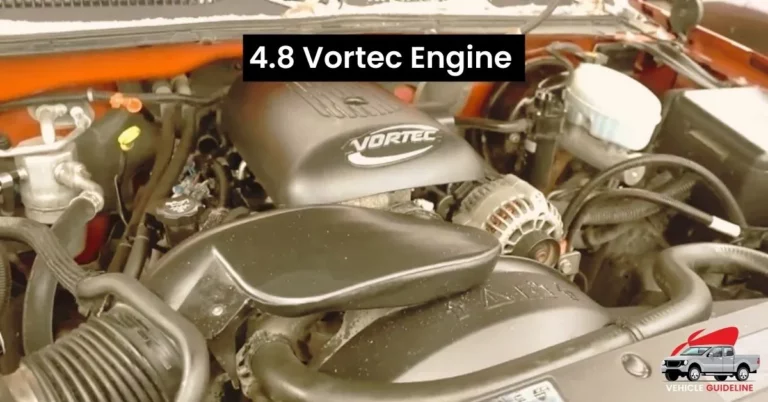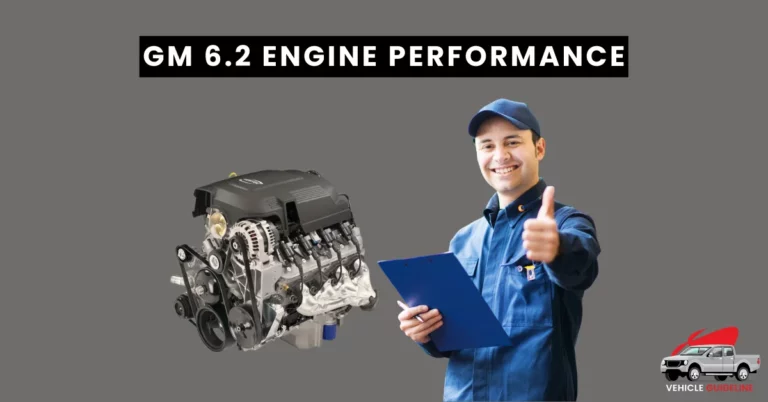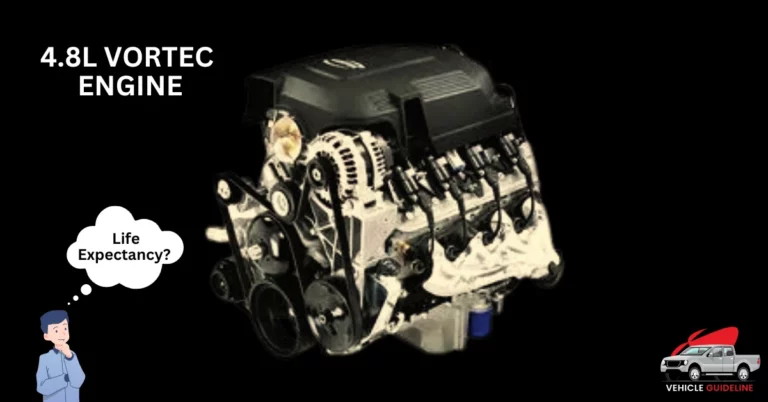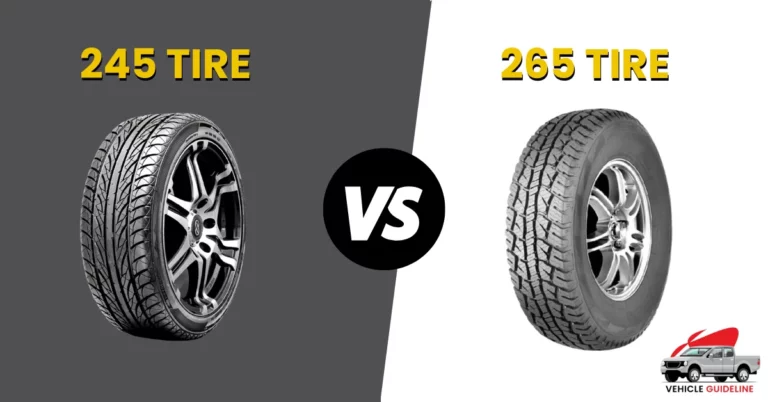GM 5.3 vs 6.0 [12 Differences & Similarities]
When it comes to choosing an engine for your vehicle, the (General Motors) GM 5.3 vs 6.0 are two popular options that often leave car enthusiasts pondering over their differences and similarities. As both engines have their own unique features and performance capabilities, it is essential to understand what sets them apart before making a decision.
In this article, we will delve into the twelve key differences and similarities between the GM 5.3 and 6.0 engines, providing you with the information you need to make an informed choice for your automotive needs. Whether you prioritize power, fuel efficiency, or towing capacity, this comprehensive comparison will help you determine which engine is best suited for your requirements.
GM 5.3 vs 6.0 [12 Differences and Similarities]
Here are the differences and similarities of GM 5.3 vs 6.0:
Vehicle Application
General Motors (GM) offers the 5.3 engine in various models, including the:
- Chevrolet Silverado 1500 (known as the 5.3L Eco Tec3 V8, provides efficient performance and power for these vehicles.)
- Chevrolet Express
- GMC Savana
GM utilizes the 6.0 engine in a range of heavy-duty models such as :
- the Chevrolet Silverado 2500 HD and 3500 HD
- Chevrolet Suburban 2500 and 3500 HD
- GMC Sierra 2500 HD and 3500 HD
- GMC Savana 2500 and 3500
- GMC Yukon XL 2500
- Chevrolet Express 2500 and 3500
The 6.0 engine offers enhanced capabilities to handle heavy loads and tackle tough terrain while delivering reliable performance.
GM 5.3 Vs 6.0 Weight
The 5.3L engine weighs 580 pounds (263 kg) with an iron block. With aluminum cylinder heads, it weighs 500 pounds (227 kg). The 6.0 Vortec engine weighs approximately 580 pounds (263 kg) with an iron block.
GM 5.3 vs 6.0 Block Differences
The LMF engine is a popular 5.3 Vortec engine known for its cast iron block and specific specifications. These specifications include :
- a stroke of 3.633 inches
- a bore spacing of 4.400 inches
- a bore diameter of 3.78 inches
- displacement of 5.3 liters or 325 cubic inches.
The engine also has a deck height of 9.240 inches, a main housing bore diameter of 2.751 inches, and a main cap style of 6-Bolt.
The 6.0 Vortec engine has an iron block and aluminum heads. It has:
- a bore of 4.00 inches
- a stroke of 3.62 inches, resulting in a displacement of 6 liters or 364 cubic inches.
- The deck height is 9.235 inches
- main housing bore diameter is 2.75 inches.
- The main cap style is 6-Bolt.
GM 5.3 vs 6.0 Cylinder Heads
The 5.3L Vortec engine has aluminum cylinder heads with a combustion chamber volume of 65cc. The intake port shape is the cathedral, while the exhaust runner shape is a D port. The intake runner volume is 210cc, and the exhaust runner volume is 75cc.
The 6.0L Vortec Engine features aluminum materials and 70cc combustion chambers. The intake and exhaust ports have specific shapes and volumes. The cylinder heads are also made of aluminum and have D-shaped exhaust ports.
GM 5.3 vs 6.0 HP
The 5.3 engine boasts an impressive output of 320 horsepower and a torque rating of 335 lb.-ft, making it a formidable force on the road. Its ability to deliver such power ensures that drivers can experience exhilarating acceleration and impressive towing capabilities.
The 6.0 engine packs an even stronger punch in terms of sheer power. With a horsepower range of 321 to 360 hp and a torque range of 373 to 382 lb.-ft, this powerhouse offers unrivaled performance potential. Whether it’s conquering rugged terrains or hauling heavy loads effortlessly, this beast is designed for pure dominance.
GM 5.3 vs 6.0 Towing Capacity
The towing capacity of the 5.3 Eco Tec3 V8 is 11,500 pounds, while its payload capacity is 2,420 pounds.
The Vortec 6.0L V8 has a higher towing capacity of 14,800 pounds and a payload capacity of 3,500 pounds for the Silverado 2500 HD and 7,150 pounds for the Silverado 3500HD. The 6.0 engine has better towing and payload capacity than the 5.3 engine.
Transmission System
There are two types of management and transmission systems available:
The Automatic Fuel Management system (AFM) and the Dynamic Fuel Management system (DFM).
The AFM is a technology developed by GM that allows for improved fuel efficiency by deactivating half of the engine’s cylinders during light load conditions. By only using half of the cylinders when they are not necessary, the AFM increases fuel economy without sacrificing performance.
The DFM takes things a step further by providing even more control over cylinder deactivation. While the AFM operates with two operating modes – V4 and V8 – depending on driving conditions, the DFM offers 17 different cylinder patterns to choose from which allows for more precise control over engine output.
Both systems contribute to better fuel economy by optimizing power delivery based on driving conditions and load demand. However, it is worth noting that while both technologies can be found in various GM vehicles with 5.3L V8 engines, they are not available in all models or trim levels.
0-60 MPH
The 5.3L engine has proven itself as a powerhouse, reaching an impressive 0-60 mph in just 6.4 seconds. This feat is achieved through advanced engineering and meticulous design, allowing for optimal power delivery and acceleration.
6.0L engine may be slightly slower in comparison, but still manages to reach 0-60 mph in a respectable 7.2 seconds. While it may not offer lightning-fast acceleration like its counterpart, this engine still packs a punch and provides ample power on the road.
Max Speed
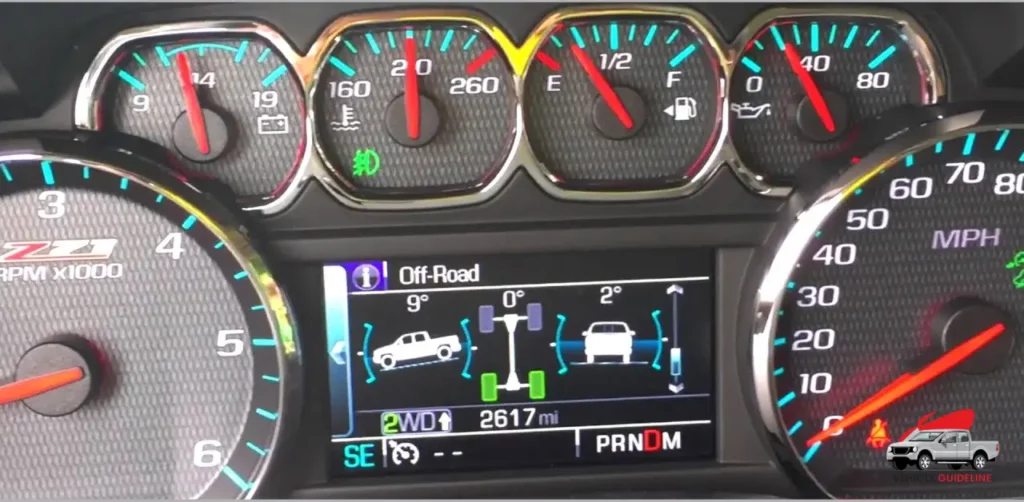
Both engines boast a maximum engine speed of 6000 RPM, ensuring a thrilling driving experience for enthusiasts. With this high engine speed, drivers can expect quick acceleration and an exhilarating ride.
GM 6.0L V8 Vortec L96 has a slightly lower range with a maximum engine speed of 5600 to 6000 RPM. This slight difference may not be noticeable to most drivers, but it does highlight the precision engineering behind these exceptional powerhouses.
GM 5.3 vs 6.0 MPG
The 5.3L Vortec engine is a fuel-efficient powerhouse that provides an impressive 17 mpg in the city and 22 mpg on the highway. This makes it an excellent choice for those who regularly commute or travel long distances.
In comparison, the 6.0L Vortec engine offers slightly lower mileage with 14 mpg in the city and 17 mpg on the highway.
GM 5.3 vs 6.0 Price
The 5.3 Vortec engine falls within a more affordable range of $3,500 to $4,200, making it an attractive option for those on a tighter budget.
If you have a bit more flexibility with your finances and are looking for additional power and performance, you may want to consider investing in a complete set of 6.0 Vortec engines. These engines typically cost between $4,000 and $8,000 depending on various factors such as brand and specifications.
Warranty Period
The 5.3 Vortec engine warranty period of three years or 36,000 miles. This means that if any issues arise within this timeframe, the manufacturer will cover the costs of repair or replacement, ensuring a worry-free ownership experience. However, it’s important to note that the warranty period may vary depending on the problem encountered.
Similarly, the 6.0L engine also provides an extensive three-year or 36,000-mile warranty. This robust warranty coverage demonstrates the manufacturer’s confidence in its product and showcases its commitment to customer satisfaction. Regardless of whether you opt for the 5.3 Vortec or the 6.0L engine, you can rest assured knowing that your investment is protected against unexpected malfunctions during the specified time frame.
GM 5.3 Vs 6.0 Reliability
The 5.3 engine is known for its impressive performance, delivering a powerful 320 horsepower at 5200 RPM.
6.0 engine offers even more strength, boasting up to 350 horsepower at 5400 RPM.
When it comes to torque, the 5.3 engine achieves a respectable 335 lb.-ft at 4500 RPM, while the 6.0 engine takes it a step further with around 380 lb.-ft at 4400 RPM.
But performance isn’t everything; longevity is also key when considering an engine. The good news is that both the 5.3 and 6.0 engines have impressive lifespans. The tried and tested durability of the 5.3 engine allows it to last over an astounding distance of at least 350,000 miles.
6.0 engine has a lifespan comparable to that of the esteemed 5.3, reaching approximately 300,000 miles before needing major repairs or replacement.
Final Thoughts on GM 5.3 vs 6.0
Choosing the right engine for your daily driven truck depends on your specific needs and driving conditions. If you prioritize decent horsepower, torque, and towing capacity without encountering challenging terrains on a regular basis, the 5.3 engine variants are an excellent choice. If you frequently navigate rough roads and hills, the 6.0 engine v offers the extra power and performance necessary to tackle these demanding conditions effectively. Consider your driving requirements carefully before making a decision and select the engine that best suits your needs
The weight, cylinder heads, horsepower, towing capacity, maximum speed, transmission system, price, and warranty all vary between these two options. It is important to assess your specific needs and preferences in order to determine which engine block will best suit your requirements. Whether you prioritize power and performance or fuel efficiency and affordability, there is a vehicle application block that will meet your needs. Take the time to research and compare these options before making a final decision – it could save you money and ensure you are satisfied with your choice for years to come..
FAQs
Are 5.3 and 6.0 blocks the same?
No, the 5.3 and 6.0 blocks are not the same. The numbers 5.3 and 6.0 refer to the displacement of an engine, which is a measure of the total volume swept by all the pistons in an internal combustion engine’s cylinders. A larger displacement generally means more power and torque.
GM 5.3 vs 6.0 Which is better?
The choice between a GM 5.3 and 6.0 engine ultimately depends on your specific needs and preferences.
The GM 5.3 engine is known for its balance of power and fuel efficiency. It offers good horsepower and torque, making it suitable for a variety of applications such as towing and hauling. Additionally, the 5.3 engine tends to be more affordable both in terms of initial cost and maintenance.
On the other hand, the GM 6.0 engine is known for its raw power and capability. It typically offers higher horsepower and torque compared to the 5.3, making it better suited for heavy-duty tasks like towing large trailers or carrying heavy loads. However, it may also be less fuel efficient than the 5.3 engine.

![GM 5.3 vs 6.0 [12 Differences & Similarities]](https://vehicleguideline.com/wp-content/uploads/2023/08/gm-5.3-vs-6.0.webp)
